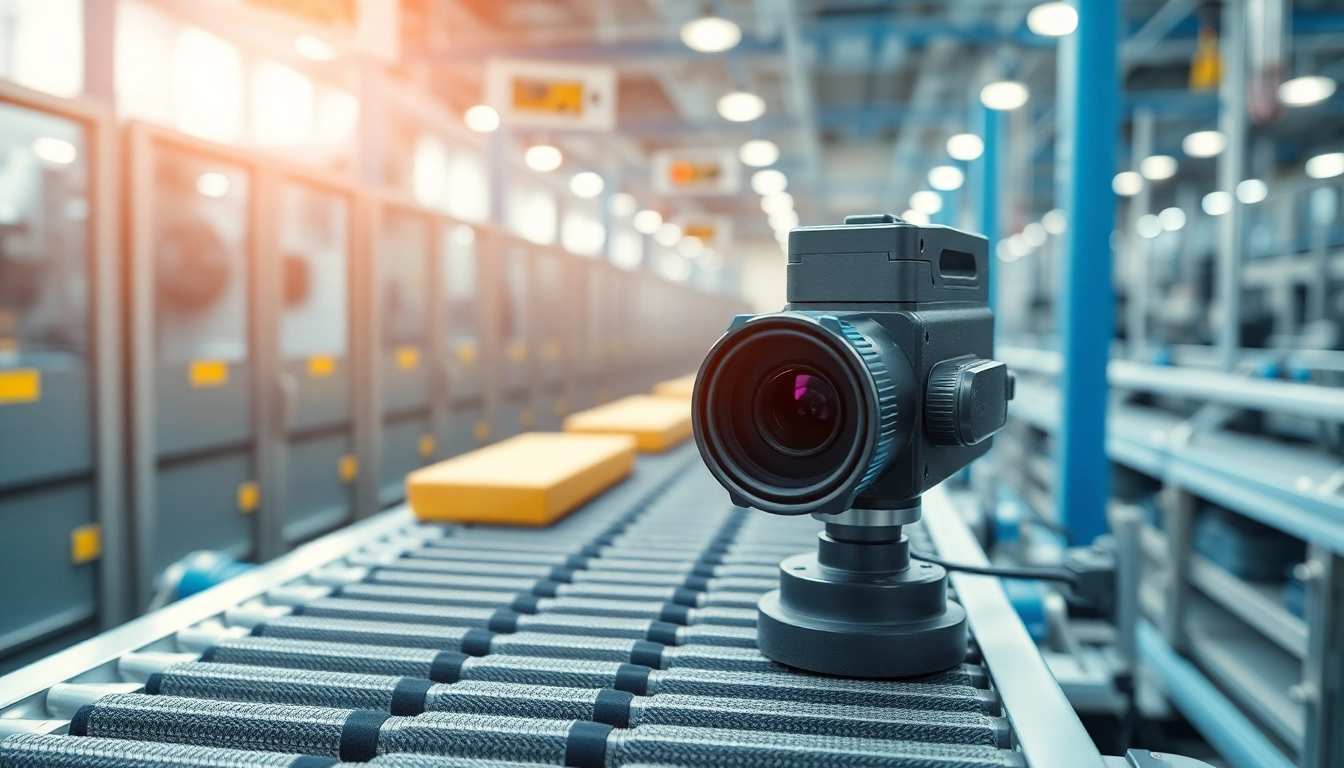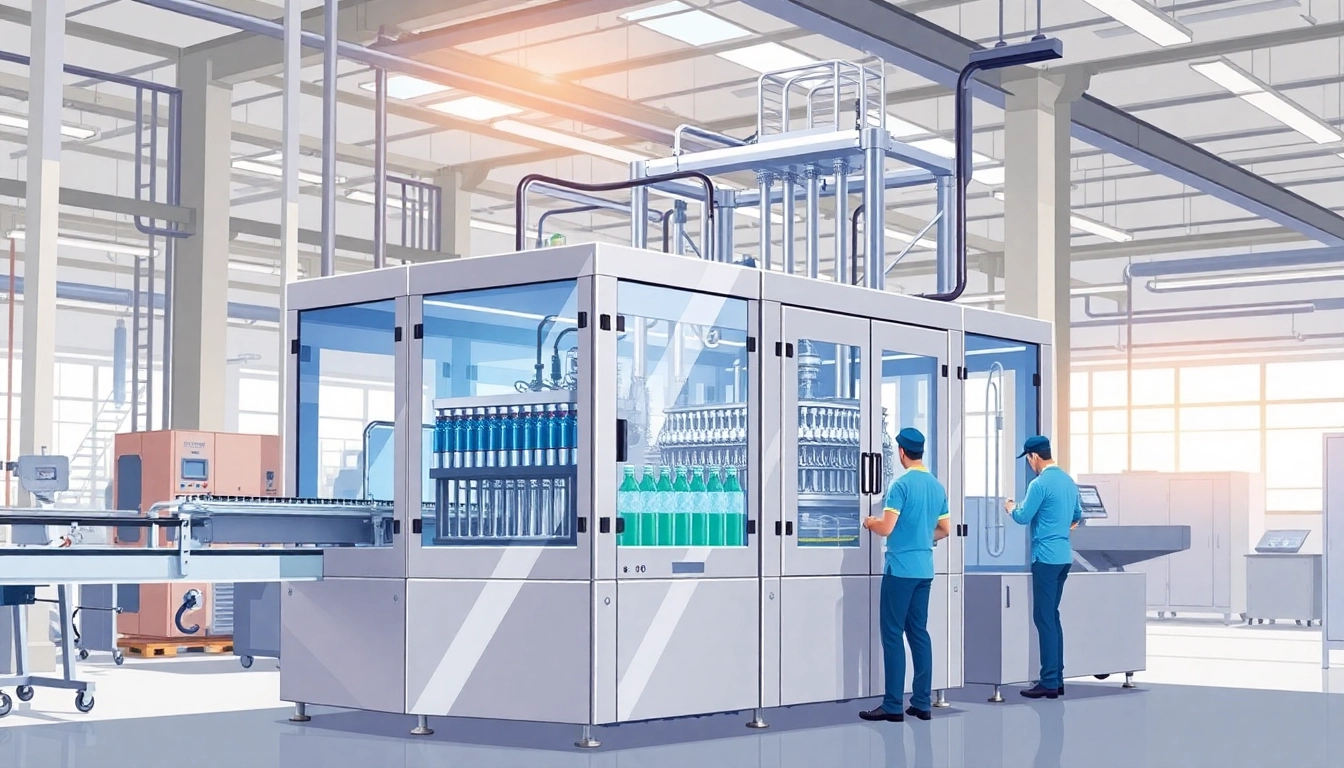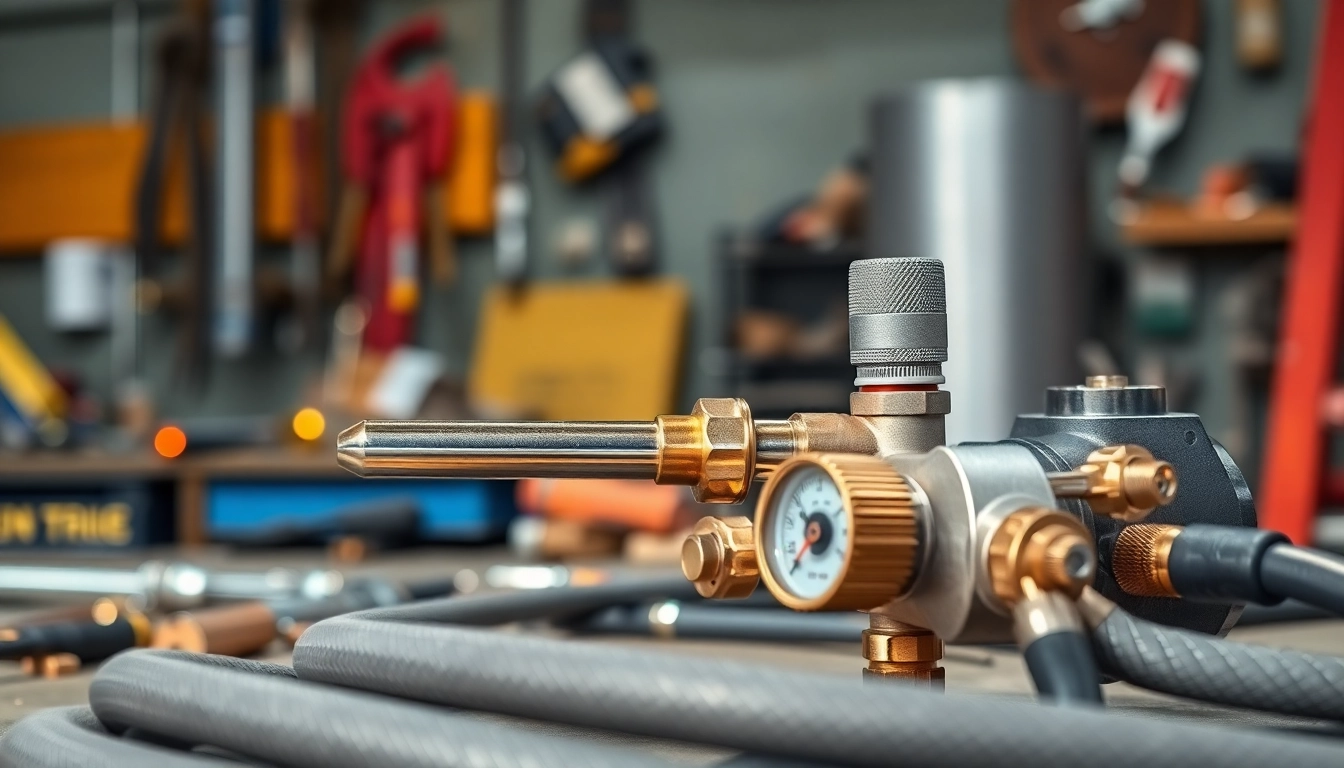What is Machine Vision?
Definition and Overview of Machine Vision
Machine vision is a technology that empowers computers and industrial machines to interpret visual information from images or video. Encompassing a blend of hardware (like cameras and lights), software algorithms, and processing units, it acts as the eyes of automated systems, allowing them to make decisions based on the visual input. As industries increasingly turn to automation, the need for precise and reliable inspection processes has made machine vision critical. It plays a vital role in quality control, guiding robot movements, and optimizing efficiency in production lines.
Key Technologies Behind Machine Vision
The core technologies of machine vision can be grouped into three fundamental areas:
- Image Acquisition: This involves using cameras and sensors to capture visual data from the environment. Various types of cameras, including 1D, 2D, and 3D systems, are employed based on the required application.
- Image Processing: After acquiring images, advanced processing capabilities analyze them to extract valuable information. Software algorithms apply various filters, transformations, and analyses to enhance image quality and interpret the information.
- Decision Making: Algorithms analyze processed images to make real-time decisions. This includes defect detection, classification, measurement, and guiding actions in automated systems.
Applications of Machine Vision in Various Industries
Machine vision has applications across numerous sectors, each benefiting from enhanced accuracy, efficiency, and consistency. Some notable applications include:
- Manufacturing: In assembly lines, machine vision is used for tasks such as quality control, verifying the correctness of products, and identifying defects.
- Food Safety: Vision systems ensure that food products meet health standards by detecting foreign objects, spoilage, or inconsistent packaging.
- Automotive: Machine vision systems facilitate inspections during manufacturing and aid in the final assembly checks before vehicles leave the factory.
- Medical Imaging: In healthcare, machine vision can assist in diagnostics, such as analyzing medical images or performing automated lab tests.
How Machine Vision Works
Components of a Machine Vision System
A typical machine vision system consists of several key components, each playing an essential role in the overall functionality:
- Cameras: Different types of cameras are used, including monochrome, color, and line-scan cameras, depending on the application. The right camera must be selected based on the system’s purpose.
- Lighting: Proper illumination is crucial for capturing high-quality images. Different lighting techniques, such as backlighting and diffuse lighting, are utilized to enhance image features.
- Processing Hardware: PCs and embedded processors execute software algorithms to analyze images. High-performance computing resources can process large volumes of visual data rapidly.
- Software: A suite of software functionalities is necessary to convert captured images into actionable insights. Machine learning algorithms are increasingly used to improve recognition accuracy.
Image Capture and Processing Techniques
Image capture and processing in machine vision are pivotal for acquiring and analyzing visual data. Several techniques are employed:
- Camera Calibration: This involves adjusting the camera settings to ensure accurate measurements and correctly interpreting images in various environments.
- Image Filtering: Filters are used to enhance images by removing noise and highlighting features essential for analysis.
- Pattern Recognition: Machines are trained to recognize specific shapes or features within images through deep learning techniques, allowing for better quality assurance.
Software Algorithms in Machine Vision
The backbone of machine vision systems, software algorithms facilitate the interpretation of visual data. Commonly used algorithms include:
- Edge Detection: Identifies the boundaries of objects within images, crucial for detecting defects.
- Machine Learning Algorithms: These algorithms train machines to learn from image data over time, improving accuracy in recognition tasks.
- Optical Character Recognition (OCR): This technology facilitates the reading of text characters from images, frequently used in barcode scanning.
Machine Vision vs Computer Vision
Understanding the Differences
While machine vision and computer vision are often used interchangeably, they serve different purposes:
- Machine Vision: Primarily focuses on automation in industrial contexts, enabling machines to perform task-oriented visual inspections.
- Computer Vision: Encompasses a broader field that includes machine vision and focuses on how computers can interpret and understand images or videos in various contexts.
When to Use Machine Vision Over Computer Vision
Choosing between machine vision and computer vision largely depends on the application:
- If precision, reliability, and speed in manufacturing processes are a priority, machine vision is the ideal choice.
- For applications requiring more extensive interpretative analysis, such as facial recognition or environmental monitoring, computer vision is more effective.
Case Studies of Applications
Various industries serve as excellent references for machine vision success:
- Automotive Industry: A leading automotive manufacturer integrated machine vision systems to improve assembly line efficiency, reducing defects by 30%.
- Food and Beverage: In a factory setting, adopting machine vision resulted in a significant decrease in contamination incidents, ensuring compliance with safety regulations.
Implementing Machine Vision in Your Business
Steps for Integrating Machine Vision Systems
When integrating machine vision into a business, several steps can help ensure a successful implementation:
- Needs Assessment: Clearly define the problems needing automation and the outcomes expected from machine vision technology.
- Selecting the Right Technology: Choose a system that meets the defined needs while remaining scalable for future expansion.
- Prototyping: Implement pilot programs to verify the effectiveness and identify any areas needing adjustment.
- Employee Training: Provide comprehensive training sessions for staff on operating machine vision systems, ensuring ease of use.
Challenges and Considerations
While implementing machine vision systems offers numerous benefits, challenges can arise:
- Initial Costs: High setup costs can deter organizations from investing in machine vision technology. However, careful cost-benefit analysis often shows long-term savings.
- Complexity of Integration: Integrating new systems with existing infrastructure may pose technical hurdles, requiring thorough planning and possibly external expertise.
- Maintenance and Upgrades: Regular maintenance is crucial for optimal performance, and staying updated with technological advances is necessary.
Best Practices for Successful Implementation
To maximize the benefits of machine vision systems, organizations should adopt best practices:
- Involve Stakeholders: Engaging all relevant stakeholders from the start leads to better alignment and outcomes.
- Prioritize Quality Control: Invest time in quality assurance measures during setup to reduce defects and enhance system reliability.
- Data Management: Ensure robust systems for handling the data collected by machine vision technologies to gain meaningful insights and facilitate reporting.
Future Trends in Machine Vision
Innovations in Machine Vision Technology
The future of machine vision is promising, with continuous advancements expected:
- Enhanced Resolution: New camera technologies will provide even higher resolutions, enabling finer detail detection.
- Integration with AI: Machine vision systems will increasingly leverage AI for improved analysis and predictive capabilities.
- Edge Computing: Processing data closer to the source will enhance response times and reduce latency in critical applications.
Impact of AI and Machine Learning
Artificial intelligence and machine learning will revolutionize machine vision systems by:
- Improving Accuracy: AI algorithms will evolve, refining their abilities to identify patterns and anomalies.
- Adaptive Learning: Future systems may autonomously learn from past data, reducing the need for constant reconfiguration by human intervention.
The Evolving Role of Machine Vision in Industry
As industries continue to innovate, the role of machine vision will become even more critical. It will not only streamline operations but also drive strategic decision-making by providing organizations with insights derived from visual data.



